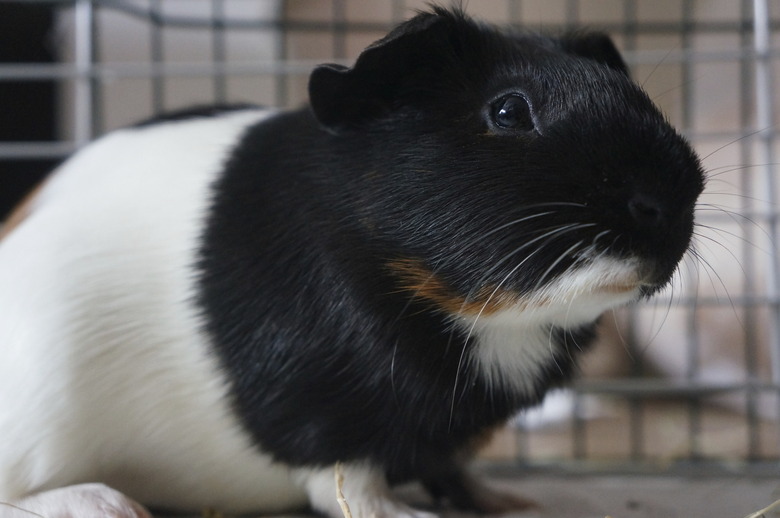Science Fair Project Ideas Using Guinea Pigs
Science fair projects require a testable question. The study of guinea pigs or cavies provides the basis for many testable questions. Students of all ages can handle and care for the small and quiet rodents. Consider a project involving changes in the routine care of guinea pigs or a comparison of body or behavioral characteristics. Design the project so the guinea pigs receive humane and safe treatment at all times.
Test Guinea Pig Preferences
Test Guinea Pig Preferences
Guinea pigs require vitamin C in their diet and many types of fruits and vegetables provide vitamin C. A possible project examines guinea pig preference of vitamin-C-rich produce. Guinea pigs often require bedding in their cage bottom. The benefit of hardwood shavings versus recycled paper or grass is testable. Guinea pigs enjoy hiding and climbing. A science fair project might involve how a guinea pig navigates a maze.
Compare Breeds
Compare Breeds
Exhibitors show many breeds of guinea pigs at fairs and shows. Rosettes and ridges in the body coat characterize the Abyssinian breed of guinea pigs while Texals have long curly hair. A science fair project might involve a comparison of body characteristics of the different guinea pig breeds. Genetic inheritance may be studied if the guinea pigs produce a litter.
Compare with Hampsters
Compare with Hampsters
Guinea pigs differ from hamsters in anatomy and behavior. Science fair projects could involve the comparison of guinea pigs and hamsters for a number of factors. For example, a comparison of their eyesight or heartbeat could serve as a basis for a project.
References
Cite This Article
MLA
Dieter, Kim. "Science Fair Project Ideas Using Guinea Pigs" sciencing.com, https://www.sciencing.com/science-fair-project-ideas-using-guinea-pigs-12742954/. 26 January 2010.
APA
Dieter, Kim. (2010, January 26). Science Fair Project Ideas Using Guinea Pigs. sciencing.com. Retrieved from https://www.sciencing.com/science-fair-project-ideas-using-guinea-pigs-12742954/
Chicago
Dieter, Kim. Science Fair Project Ideas Using Guinea Pigs last modified August 30, 2022. https://www.sciencing.com/science-fair-project-ideas-using-guinea-pigs-12742954/
